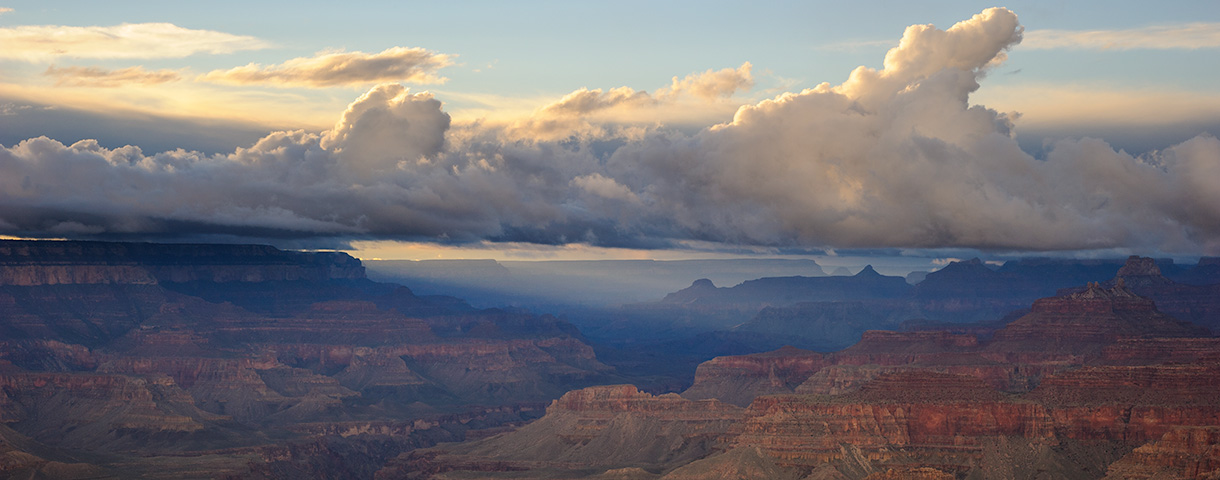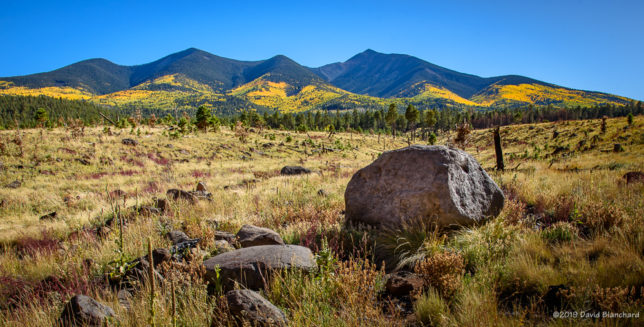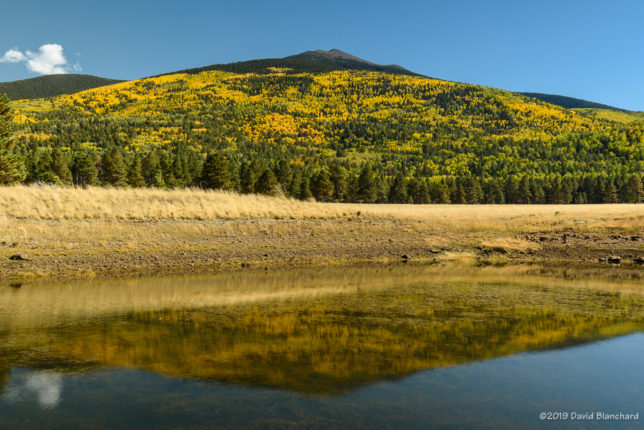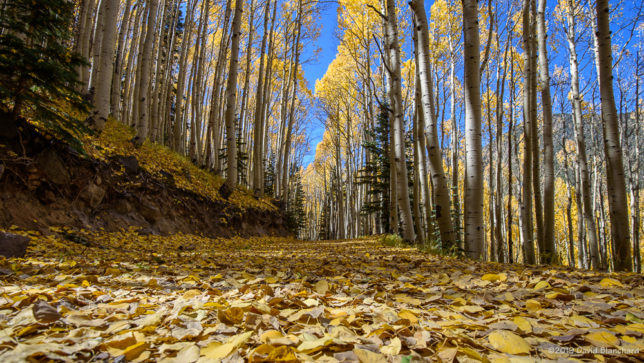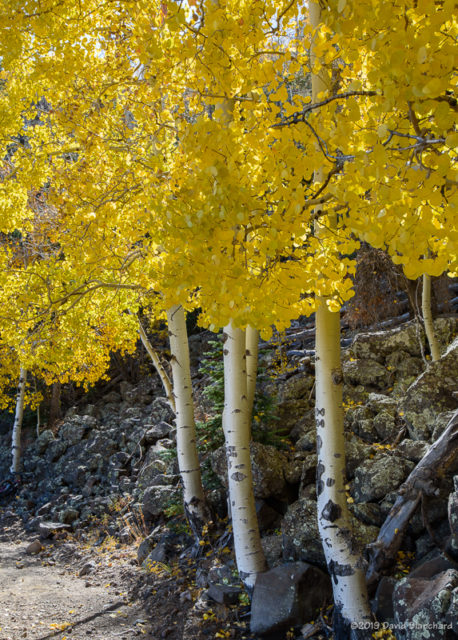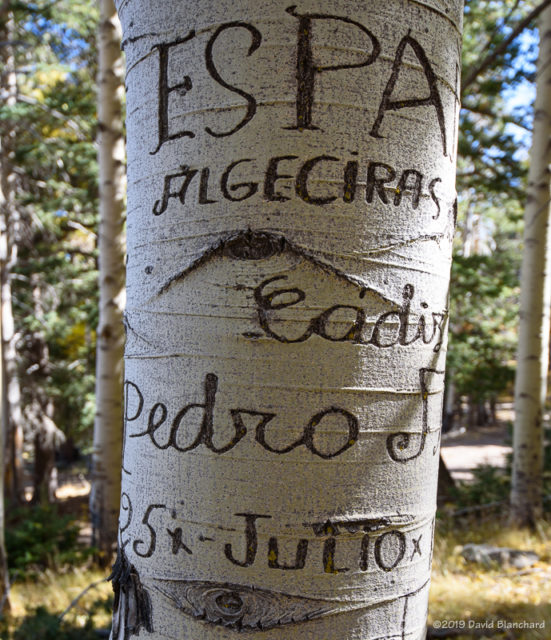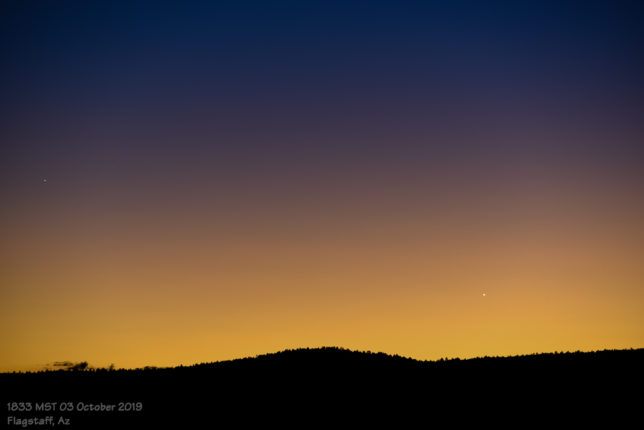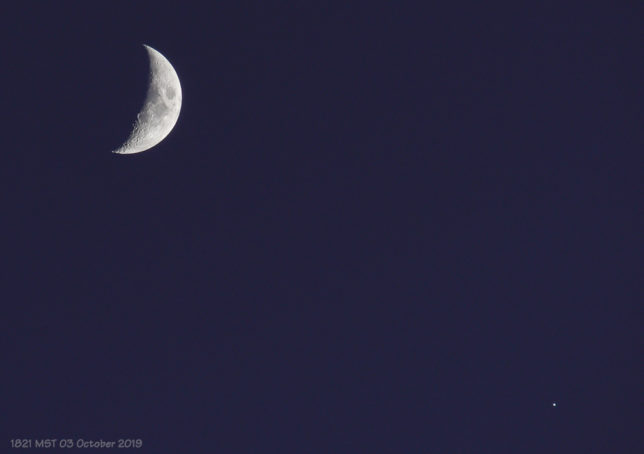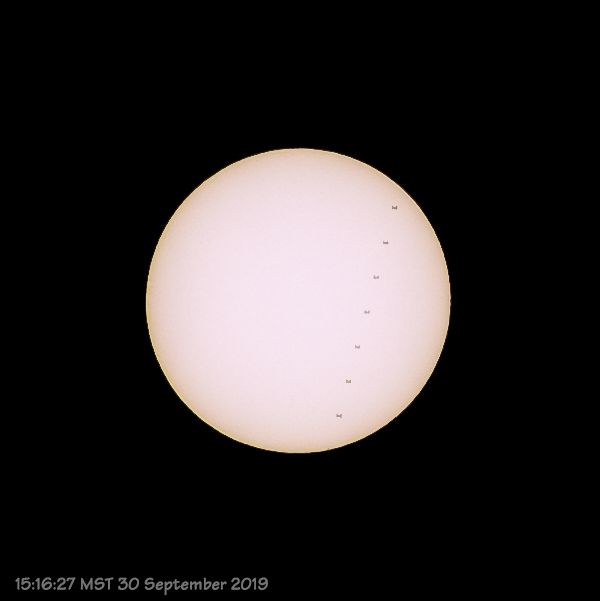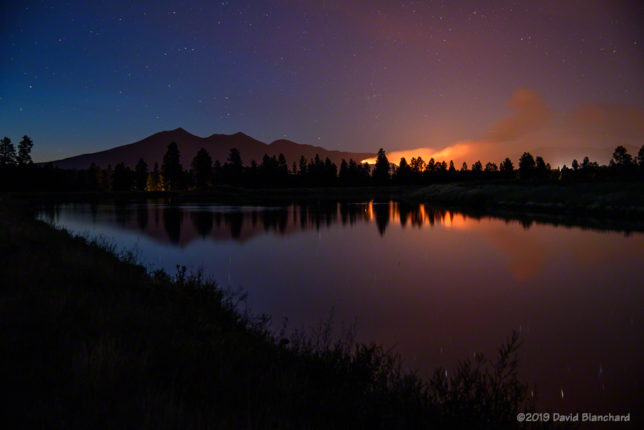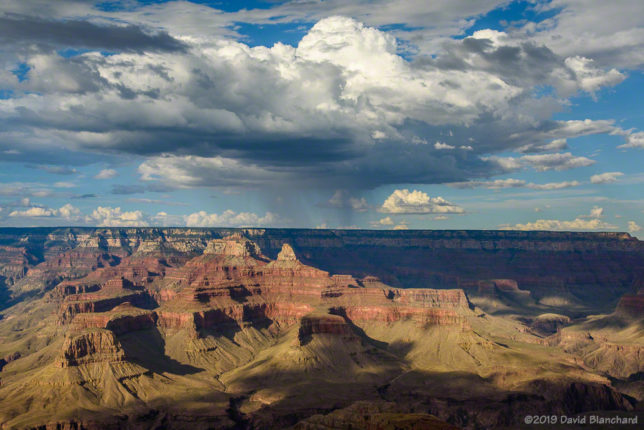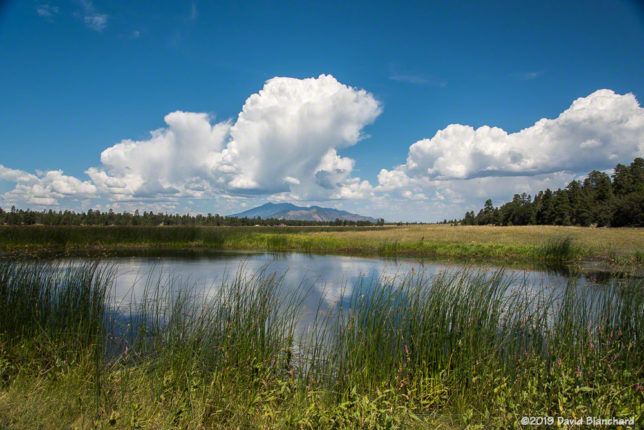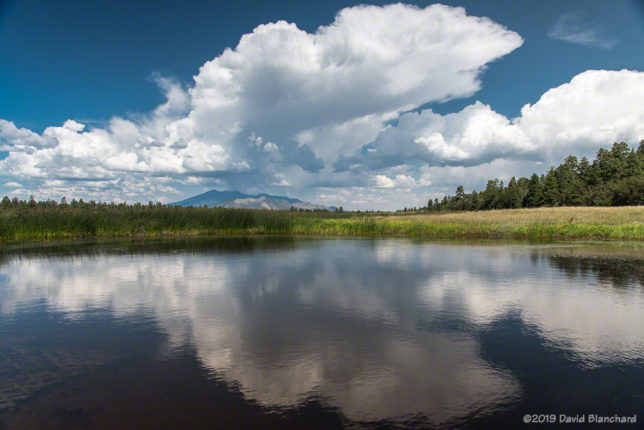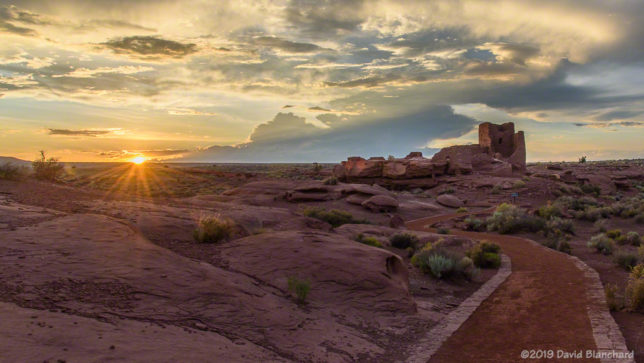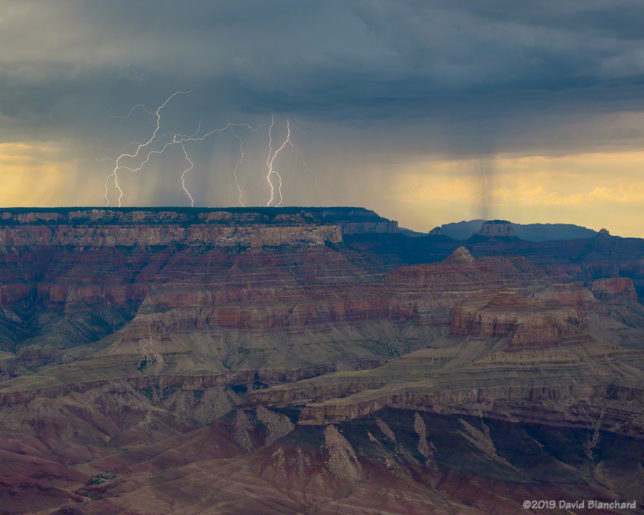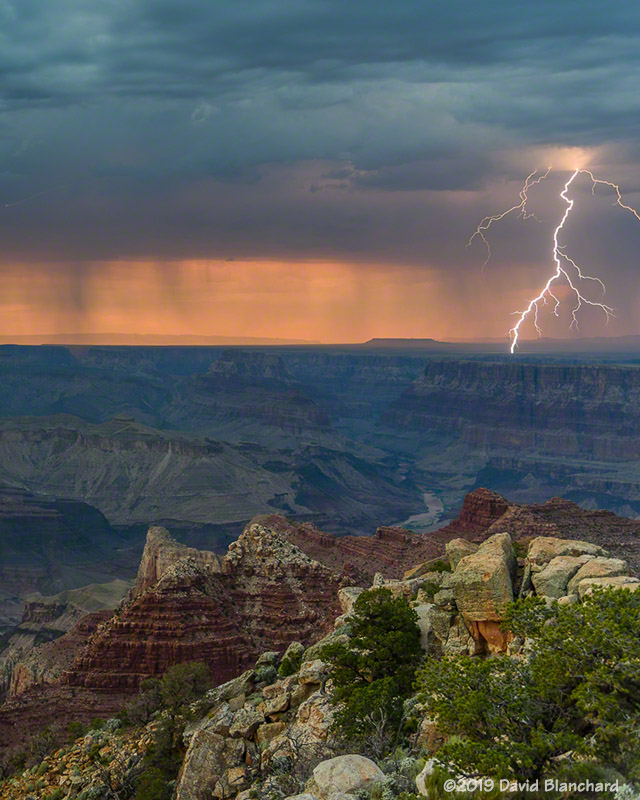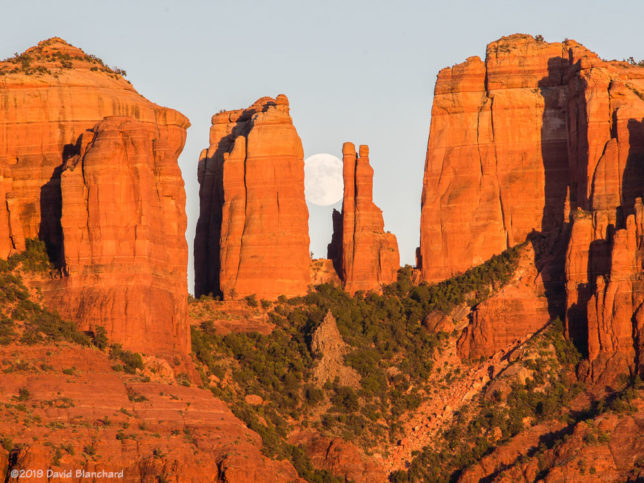It has been a dry October and the last measurable precipitation at the Flagstaff airport was September 26 until rain and snow fell on Sunday, October 27.
Forecast models had been showing a slight chance of rain and/or snow with the passage of a cold front but precipitation amounts were light. The GEFS plumes showed generally less than 0.03 inches. The airport actually measured a bit more than that as 0.05″ of rain fell with a trace of snow.



Overall, not a bad forecast. So I was not surprised that rain and some snow arrived with the cold front. I was surprised that it was accompanied by thunder and lightning.
It’s always interesting to observe Thundersnow!
A look at the lightning map shows that the only place where there was cloud-to-ground lightning was in the vicinity of Flagstaff.
And now we return to our dry weather pattern.
